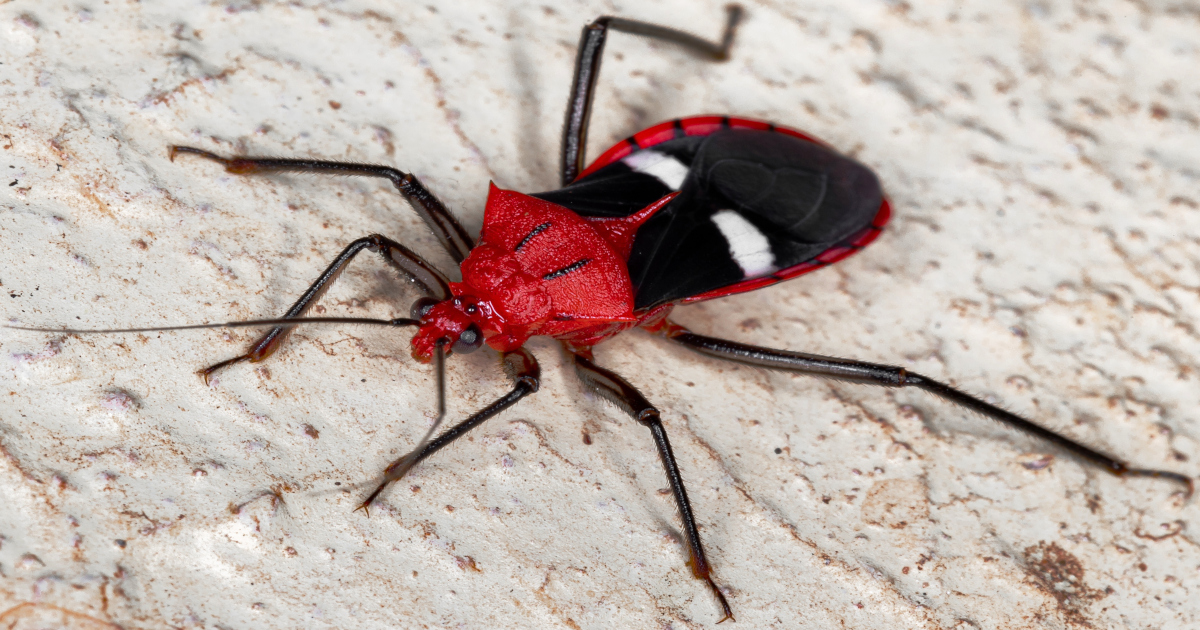Heteroptera: Biodiversity, Evolution, Taxonomy and Conservation, 2nd Edition
A special issue of Diversity (ISSN 1424-2818). This special issue belongs to the section "Animal Diversity".
Deadline for manuscript submissions: 30 June 2025 | Viewed by 4197

Special Issue Editors
Interests: Reduviidae; Triatominae vectors; integrative taxonomy; morphology; systematic; biodiversity
Special Issues, Collections and Topics in MDPI journals
Interests: Culicidae; Reduviidae; taxonomy; systematic
Special Issues, Collections and Topics in MDPI journals
Special Issue Information
Dear Colleagues,
The diversity of life in Heteroptera is amazing. They are part of the most successful group of non-holometabolic insects. The relationship between Gerromorpha, Nepomorpha, Leptopodomorpha, Cimicomorpha, and Pentatomomorpha is more advanced and improving, but any progress within Enicocephalomorpha and Dipsocoromorpha is lagging behind. Integrative taxonomy and molecular systematics have contributed dramatically to speeding up the generation and testing of hypotheses. Given the fascinating natural history of Heteropterans and their status as model organisms for evolutionary studies, the integration of different areas such as cladistics, analyzed in a broader biogeographic and evolutionary context, deserves increased attention. For this reason, we are accepting review articles as well as primary research articles that include original data and high-quality analysis on taxonomy, morphology, ecology, and molecular biology, as well as omics (genomics, proteomics, metabolomics, transcriptomics), covering organisms from all Heteroptera infraorders. This Special Issue aims to provide a basic resource for researchers who are interested in the systematic knowledge of biodiversity in Heteroptera, whether at the level of a specific group or at the level of families, contributing to their evolution, as well as the knowledge of biodiversity and conservation.
This Special Issue aims to address the important gap in knowledge associated with the biological, systematic, taxonomic, and evolutionary processes related to Heteroptera. Our goal is to compile and publish scientific articles from prominent research groups in this Special Issue to help broaden our understanding on issues related to diversity and biodiversity.
We welcome authors to submit a wide range of manuscripts that model groups present in Heteroptera. Potential topics include (but are not limited to):
- Phylogenetics, phylogenomics and systematics of groups present in Heteroptera;
- Evolutionary ecology, including studies related to the speciation and hybridization of groups present in Heteroptera;
- Evolutionary and population genetics of groups present in Heteroptera;
- Genomics, epigenomics, transcriptomics, proteomics, metabolomics, and phenomics of insect vectors;
- Taxonomy assignments and review of groups present in Heteroptera.
Dr. Jader de Oliveira
Dr. Hélcio Reinaldo Gil-Santana
Guest Editors
Manuscript Submission Information
Manuscripts should be submitted online at www.mdpi.com by registering and logging in to this website. Once you are registered, click here to go to the submission form. Manuscripts can be submitted until the deadline. All submissions that pass pre-check are peer-reviewed. Accepted papers will be published continuously in the journal (as soon as accepted) and will be listed together on the special issue website. Research articles, review articles as well as short communications are invited. For planned papers, a title and short abstract (about 100 words) can be sent to the Editorial Office for announcement on this website.
Submitted manuscripts should not have been published previously, nor be under consideration for publication elsewhere (except conference proceedings papers). All manuscripts are thoroughly refereed through a single-blind peer-review process. A guide for authors and other relevant information for submission of manuscripts is available on the Instructions for Authors page. Diversity is an international peer-reviewed open access monthly journal published by MDPI.
Please visit the Instructions for Authors page before submitting a manuscript. The Article Processing Charge (APC) for publication in this open access journal is 2100 CHF (Swiss Francs). Submitted papers should be well formatted and use good English. Authors may use MDPI's English editing service prior to publication or during author revisions.
Keywords
- integrative taxonomy
- biodiversity and conservation
- biogeographical patterns
- evolutionary biology
- medically important groups
- groups of economic importance
- genetic diversity
- phylogenetics and phylogeography
- morphological and molecular taxonomy
Benefits of Publishing in a Special Issue
- Ease of navigation: Grouping papers by topic helps scholars navigate broad scope journals more efficiently.
- Greater discoverability: Special Issues support the reach and impact of scientific research. Articles in Special Issues are more discoverable and cited more frequently.
- Expansion of research network: Special Issues facilitate connections among authors, fostering scientific collaborations.
- External promotion: Articles in Special Issues are often promoted through the journal's social media, increasing their visibility.
- e-Book format: Special Issues with more than 10 articles can be published as dedicated e-books, ensuring wide and rapid dissemination.
Further information on MDPI's Special Issue polices can be found here.






